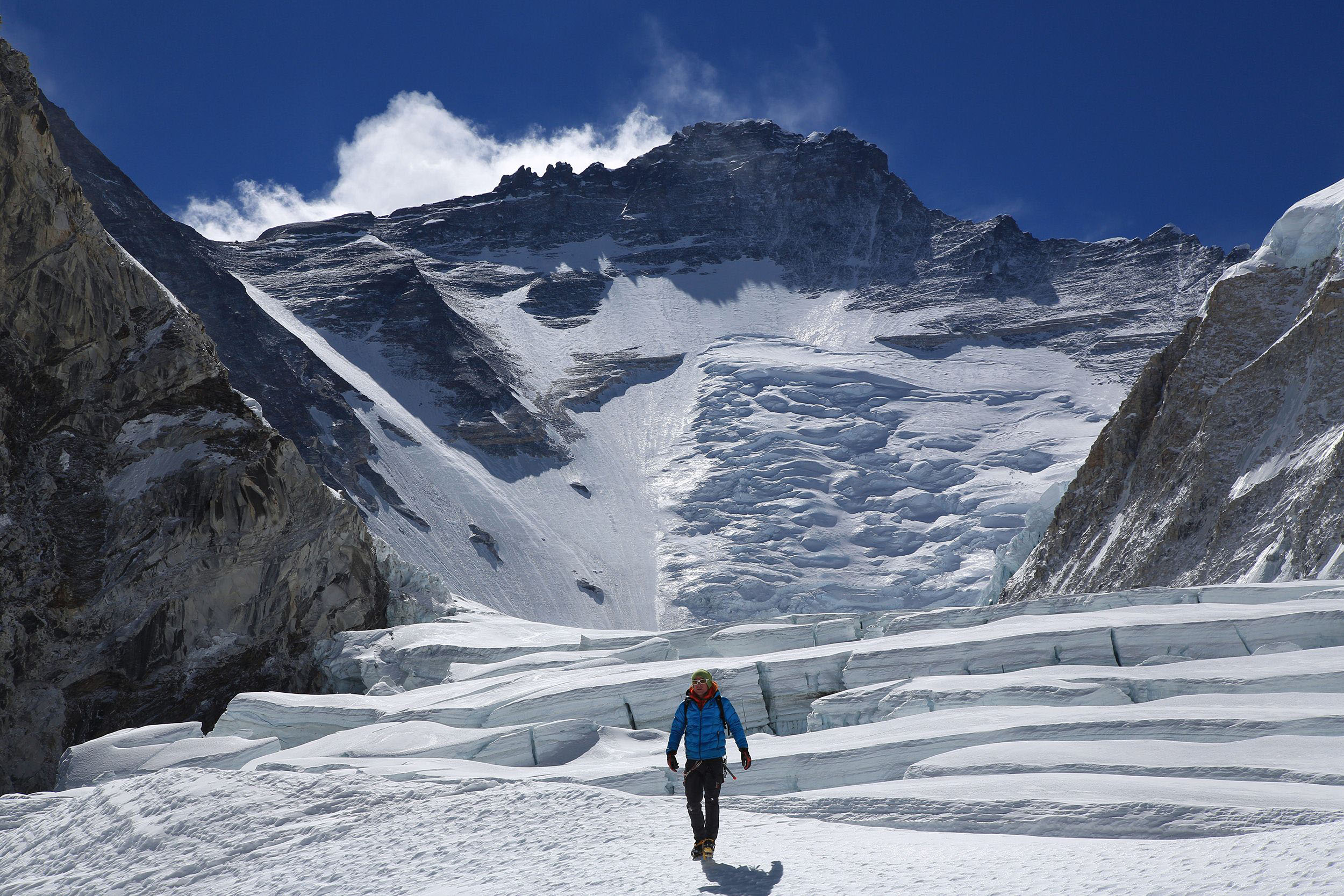It's an irresistible contrast. On the one hand, modern mountaineering superstars with their blogs and sponsorship deals, scrapping with outraged Sherpas on the slopes of Everest. On the other, one of the defining images of the 20th century, the photograph of Tenzing Norgay and Sir Edmund Hillary standing on the summit of the world, a symbol of human courage and resourcefulness.
The obvious conclusion — that in the 60 years since Everest was first climbed, greed and ego have hollowed out this once noble enterprise. But events earlier this month, when three of the world's leading climbers fled the mountain in fear of their lives as an angry mob of Sherpas reportedly threatened to kill them, would have caused Tenzing a wry smile.
Even before setting out for Everest in 1953, Tenzing — as sirdar, or leader, of the Sherpas who would carry loads for the sahibs to supply them on the mountain — had been agitating for better working conditions. When his team were told to sleep on the floor of the British Embassy's garage in Kathmandu, Tenzing, who was offered a bed inside, was outraged. Next morning, lacking access to any facilities, the Sherpas relieved themselves in the street in front of the embassy, prompting fury from embassy staff.



















With your current subscription plan you can comment on stories. However, before writing your first comment, please create a display name in the Profile section of your subscriber account page.